Why focusing on ‘rural development’ is a must
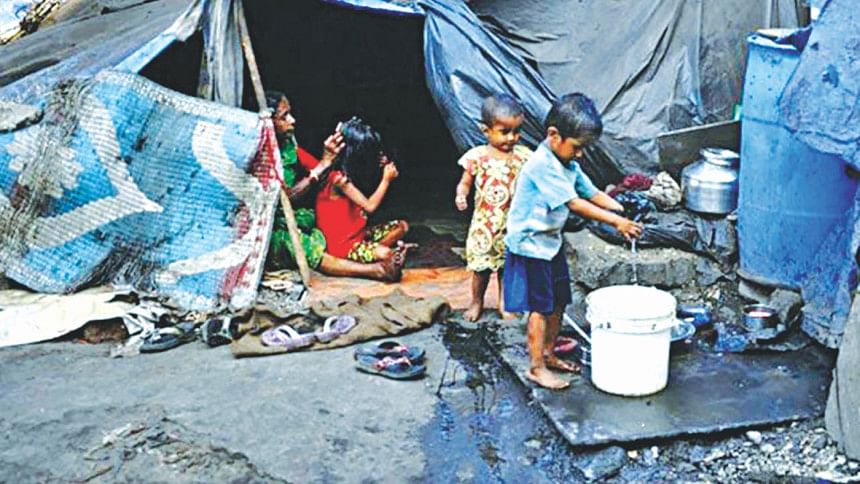
Post-WWII, Bangladesh, along with countries which had been freed from the shackles of colonisation and had gained their independence, embarked upon the journey of "development". Bangladesh, almost 50 years into its independence, remains on the pathway to development as she looks forward to transitioning into a developed country by 2041. In fact, development of the country is a mainstay of the current government's narrative about the present and future of Bangladesh. It is a well-known fact that the country has made significant progress in the last five decades in the realms of health, education, poverty reduction, etc., and is deemed today as one of the fastest growing economies in the world.
However, despite these milestones, Bangladesh has a long way to go in terms of reducing social inequalities, providing affordable quality education and healthcare for the majority of the population, creating effective institutions, and much more. Thus, any vision of development must take a comprehensive approach and take into account a wide array of elements—ranging from political rights to expansion of road networks.
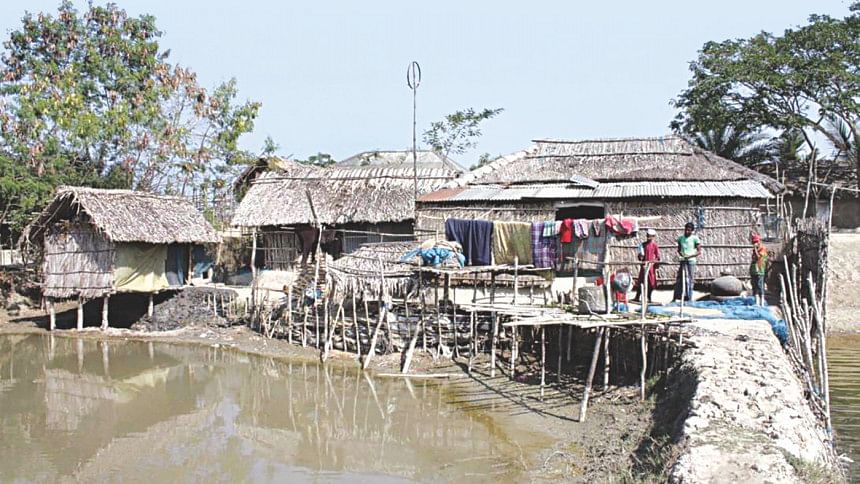
In recent times though, economists have repeatedly pointed out the flaws with taking a reductionist approach to development, which, in our context, refers to the excessive reliance on GDP growth as a barometer of the country's progress. It would do well to remember that economists such as Amartya Sen have debunked the myth of GDP growth as an accurate measure of progress through their human-development-centric theories towards development. Therefore, if the ultimate aim of development is to improve the quality of life of as many people as possible, then we have to look beyond the veil of GDP growth and examine the social and economic conditions in order to design appropriate policies.
Rural development should be identified and prioritised as a distinct objective in the broader vision of development in Bangladesh. Some key factors acknowledged in existing development literature that make rural development an absolute necessity for Bangladesh are: poverty alleviation, climate change impacts, food security, and reducing pressure on urban centres in the country.
Poverty alleviation
Rural development plays a key role in poverty alleviation. Sustainable Development Goal (SDG) 1—"ending poverty in all its forms, everywhere"—is said to be the most ambitious goal of the 2030 Agenda. Bangladesh has committed itself to achieve the SDGs and has even integrated the SDGs into its Seventh Five Year Plan (7FYP) (2016-2020). Thus poverty alleviation ("poverty eradication" is far too ambitious and not realistic) is a central focus of development for the government.
According to the Food and Agriculture Organization (FAO) of the United Nations, most of the extreme poor—about 80 percent—live in rural areas. The majority of the population in Bangladesh reside in rural areas. Furthermore, the report titled "Poverty and Shared Prosperity 2018: Piecing Together the Poverty Puzzle," showed that of the world's 736 million extreme poor in 2015, 368 million, or half of the total, lived in just five countries: India, Nigeria, Democratic Republic of Congo, Ethiopia, and Bangladesh. Thus Bangladesh is one of the countries where a large number of the extreme poor globally is concentrated. In light of the fact that Bangladesh is still predominantly rural and poverty remains a stubborn problem, rural poverty, which has its own characteristics and dimensions, is of major concern.
If rural development refers to an improvement in the wellbeing of people living in rural areas, then rural development is an essential developmental objective for Bangladesh if rural people are to be uplifted from poverty. Therefore, the aim of improving the living standards of the rural poor cannot be achieved if rural areas do not get specialised attention in policymaking.
The Household Income and Expenditure Survey (HIES) 2016 released by the Bangladesh Bureau of Statistics (BBS) revealed that 1 in 4 Bangladeshis (24.3 percent of the population) live in poverty, and 12.9 percent of the population live in extreme poverty. Although the rate of poverty has come down between 2010 and 2016, the rate of poverty reduction has slowed down. HIES 2016 provides a comparative picture of the urban-rural scenario, and in so doing, reveals why undertaking rural development as a distinct developmental objective is so crucial.
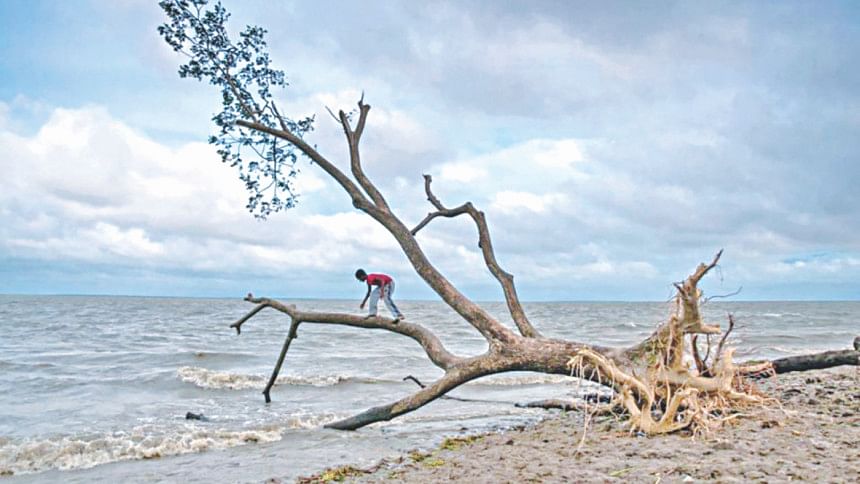
Urban poverty rates declined from 21.3 percent to 18.9 percent, while rural poverty decreased from 35.2 percent to 26.4 percent. Although rural poverty fell faster, the rate of poverty in rural areas is still higher than that in urban areas. In addition, a glance at the breakdown of district-wise poverty rates as per HIES 2016 data is further proof of the importance of rural development as a specific agenda in our developmental ambitions. The data shows extreme regional variations in poverty with Kurigram at the top of the list with 70.87 percent of the population living below the poverty line. Following Kurigram are Dinajpur, Bandarban, Magura, Kishoreganj, to name a few. It is interesting to note that the top 10 poor districts are largely agriculture-based economies, which is a characteristic of rural areas. It is thus quite clear from empirical evidence that rural poverty remains a persistent problem, and developmental initiatives must be undertaken for poverty alleviation in rural areas.
Adverse impacts of climate change
Bangladesh is one of the most vulnerable countries to climate change in the world. The adverse impacts of climate change in rural areas—in agriculture, education, and health—have already begun to show themselves. The multifarious effects of climate change on the overall wellbeing of the rural poor mean that rural development must be integrated into the broader vision of national development.
Climate change and global warming have huge implications for Bangladesh's agricultural sector and for millions of people, which is why prioritising rural development and setting a long-term vision and strategy for people living in rural areas (including increasing their protective capabilities in the face of natural disasters) are of utmost importance.
Agriculture is very sensitive to any changes in average and seasonal conditions, including changes in temperature, precipitation, and seasonal duration, among other things, and the threats of climate change to the agriculture sector in Bangladesh are real. A rise in temperatures could result in greater crop evapotranspiration and its impact on agricultural output will depend on the level of precipitation (whether or not it compensates for increased evapotranspiration), the carbon dioxide fertilisation effect (the increased rate of photosynthesis in plants that results from increased levels of carbon dioxide in the atmosphere), the possibility of increasing irrigation of affected crops and bringing in new areas into agricultural production. Sea level rise can reduce the supply of arable land, increase storm surges, and affect settlement patterns, fisheries, and tourism.
Greater monsoonal precipitation as a result of increased surface water inflows will increase the risk of floods during the wet season. In fact, climate change has already led to increased intensity of river erosion, floods, flash floods and intrusion of salinity inland. Climate change impacts are projected to reduce Bangladesh's GDP by Tk 29,925 million by 2030.
Agriculture is not the only sector at stake. Climate change also has many ramifications for health and education—particularly for the rural poor. The rising prevalence of natural disasters as a result of climate change has a significant impact on school infrastructure and on children's school attendance. Children's education is frequently interrupted—the school buildings are sometimes damaged, and floods physically cut off access to schools. Climate change has implications for health, particularly when it comes to children in rural areas. Changing climatic conditions are leading to increased rates of both communicable and non-communicable diseases in children, including waterborne diseases, vector borne diseases, and diarrhoea. Warmer air and water temperatures heighten the risk of transmission of infectious diseases, such as cholera epidemics in coastal Bangladesh and diarrheal outbreaks in children in rural areas.
Thus part of the objective of rural development should be to increase the resilience of the people living in rural areas to climate change; make education and healthcare infrastructure strong enough to resist the destructive effects of climate change; and invest in services that cater to the needs of both adults and children amidst changing climatic conditions.
Food security
Food security in the country is at threat both due to climate change and demographic reasons. The possibility of lower agricultural production and food shortage due to climate change coupled with increased demand for food due to rise in population in the coming decades mean that a strategy for rural development is necessary to ensure food security for both now and the future.
Today, Bangladesh is one of the most populous countries in the world. With a population estimated at 160 million, Bangladesh averages more than 1,000 people per square kilometre, and the total population is expected to reach 220 million by 2050. Needless to say, this demographic burden will put tremendous economic, social and environmental pressure on the country which is already grappling with the effects of climate change, and drastically affect its ability to provide for its citizens, particularly in terms of food security. In times of natural calamities—which have reportedly increased in frequency due to climate change—access to food and food stocks becomes limited, severely affecting food security of rural people. Furthermore, according to Unnayan Onneshan, if the present trend of population growth of two million people per year continues, Bangladesh will face far more severe food shortages in the next few years, reaching critical levels by 2050. A study finds that agricultural output will fall by 1.23 percent and domestic food consumption will be more dependent on imports, increasing by 1.52 percent by 2030.
According to WFP, there remain a number of challenges to achieve zero hunger in Bangladesh. Although Bangladesh has come a long way in terms of improving the situation of food security, around 40 million of the country's people are food-insecure. This includes about 11 million people suffering from acute hunger, with a third of children who are stunted. (However, it is to be noted that the causes of hunger and malnutrition are not always a scarcity of food but a lack of access to food, usually due to poverty.)
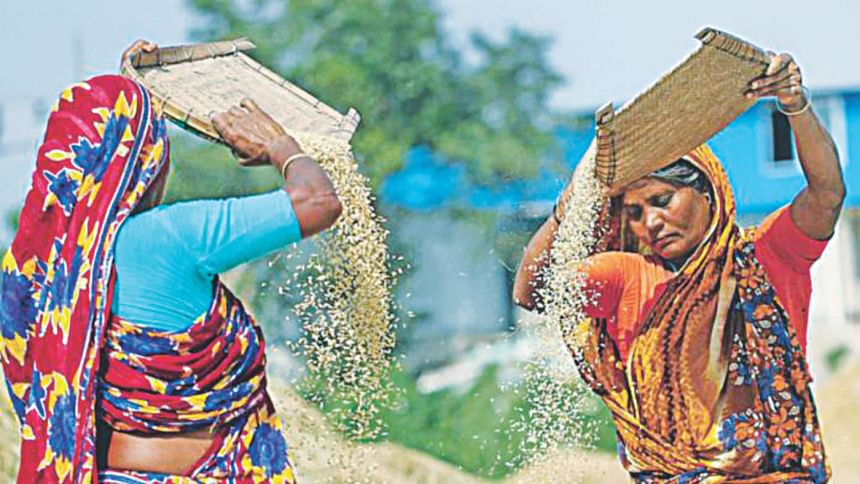
A comprehensive strategy of rural development must ensure that governments and development agencies integrate food security and nutrition interventions into programmes relating to climate change. A report by WFP states that it is essential to recognise the importance of fish in the food security and nutrition of populations that are affected by extreme climate-related shocks. The government and its development partners ought to focus on the ecological sustainability of Bangladesh's inland fisheries resources and must ensure that the governance and management mechanisms at both national and local levels recognise that fish is an important source of protein for the rural population which relies on fish during both normal and post-disaster times. When disasters strike, sources of animal protein other than fish are either less available or not available at all for long periods of time, which means that fish is crucial for the food security of people affected by climate-related shocks.
Other than addressing the threat of climate change to food security, a strategy for rural development must also have long-term objectives to mitigate the increased pressure on food production and availability arising from demographic changes in the future, i.e. rise in population. These objectives should include increased farm mechanisation, land reforms, technological development and dissemination, improved market linkages and value chains, crop diversification, improved water resource management and irrigation, addressing the problem of scarcity of agricultural labour, and developing a sustainable supply of quality inputs.
Reducing pressure on urban centres
Rural development is critical for mitigating the pressure on the country's urban centres. In Bangladesh's race to become an industrial economy from an agrarian one, rural-to-urban migration over the years has severely taken a toll on the two major urban centres in the country: Dhaka and Chattogram. A study by UNFPA states that the urban population has been increasing by progressively larger numbers in each five-year period: almost 1 million a year between 1985 and 1990, rising to an estimated 1.5 million a year between 2000 and 2005, and a projected 1.9 million a year between 2015 and 2020. On the other hand, the increase in the rural population slowed to 0.9 million a year in the 1970s, rose again to increases of 1.5 million a year throughout the 1980s and 1990s, but slowed again, only to stop growing from 2005 onwards. UN projections show that the rural population in Bangladesh would fall by 15.5 million between 2020 and 2050.
As per the 2011 population census, 13.5 million people (internal migrants) left the administrative district in which they were born—44 percent of whom moved from rural to urban areas. Most of the existing literature identifies economic forces as the underlying forces behind population movements, especially towards core urban centres of Dhaka and Chattogram. As a result, the process of growth has been uneven as majority of the value added has occurred in core urban areas, with secondary urban centres and rural areas falling behind in terms of prosperity.
It is therefore crucial for the government to implement initiatives to spur growth in the rural economy so as to create more employment opportunities in rural areas and improve the quality of life in these pockets of the country to stem the tide of rural-to-urban migration. Although internal migration has had positive effects on poverty alleviation (many rural women have been able to access employment opportunities and become financially independent), it has severely affected the quality of living in urban areas, giving rise to phenomena such as urban poverty. The growth of slums in Dhaka, for example, tells the story of poverty, inequality and substandard living conditions. As such, it is essential to reconsider the approach to development centred on "core" areas such as Dhaka, and focus on a more balanced approach that takes rural development into account. A core-area-focused outlook towards development is not sustainable; it will not be able to absorb surplus labour and it will also pave the way for dis-economies such as pollution and congestion, as is already happening.
While it is true that growth and urbanisation go hand in hand—as manufacturing and services industries are located in urban areas where people end up flocking to—that does not mean the process of urbanisation cannot be controlled. The government has generally had a weak policy response to mass internal migration and this trend needs to be reversed. One way to do that is brighten the prospects of livelihoods for rural people by focusing efforts on rural development and undertaking a comprehensive strategy so that people are incentivised to stay and work in their hometowns in rural areas.
Nahela Nowshin is a researcher. This article is an abridged version of an academic paper of the author.

 For all latest news, follow The Daily Star's Google News channel.
For all latest news, follow The Daily Star's Google News channel. 


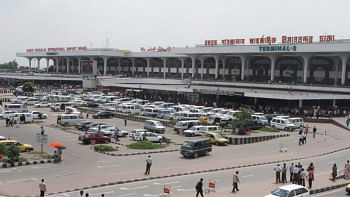
Comments